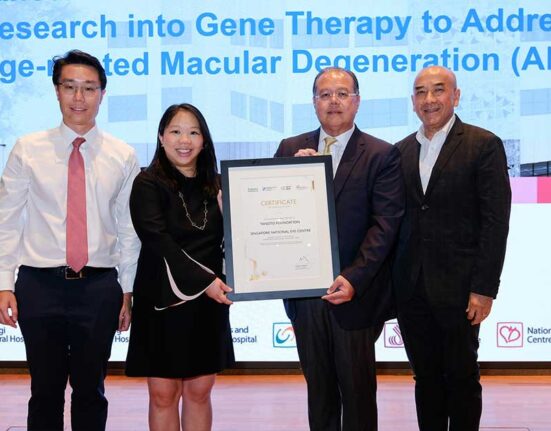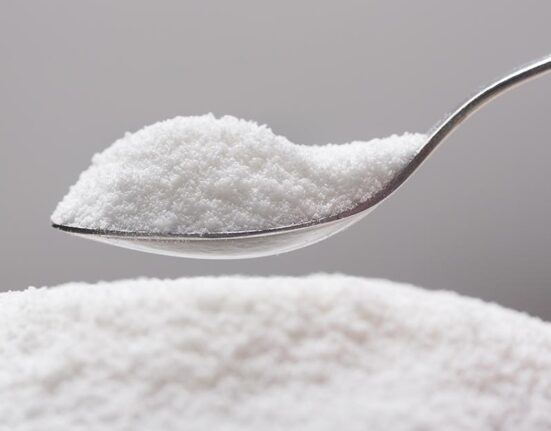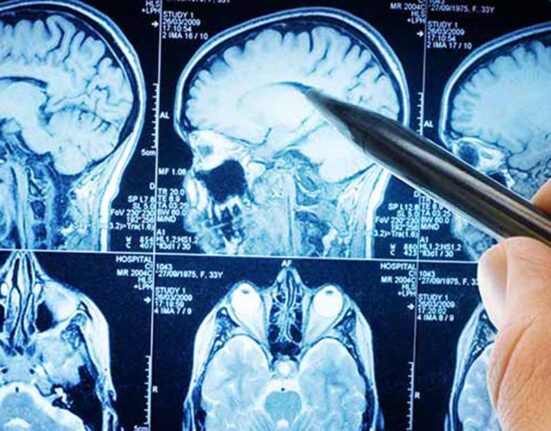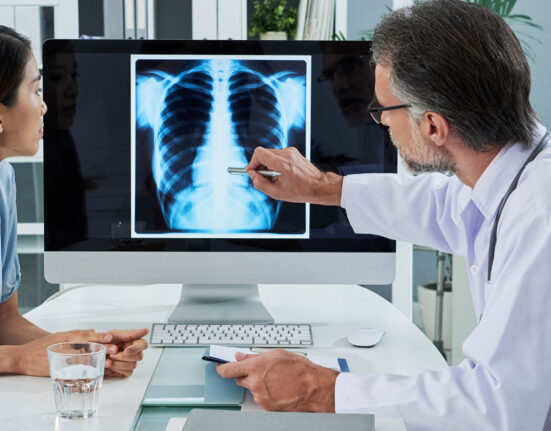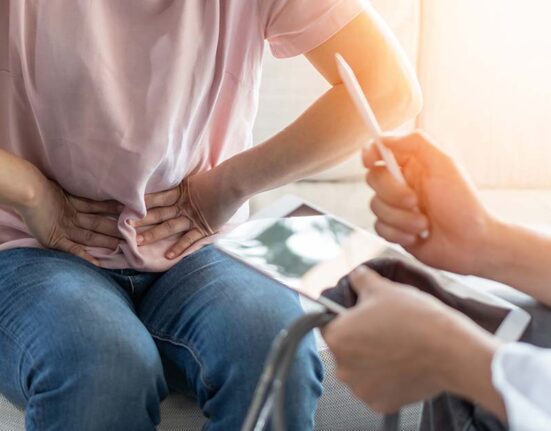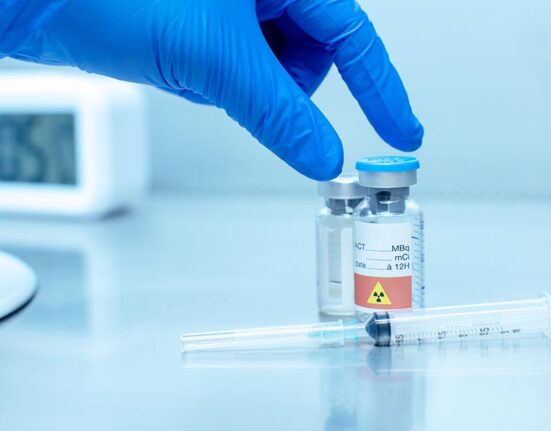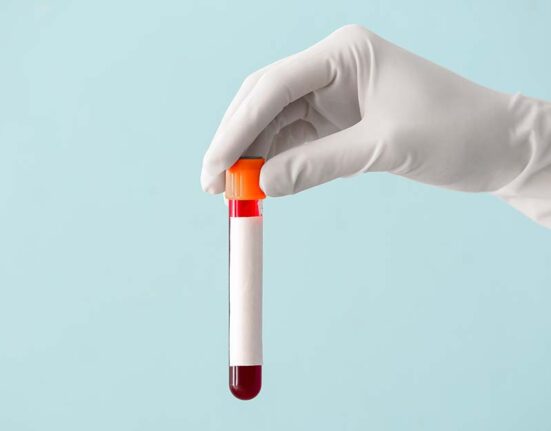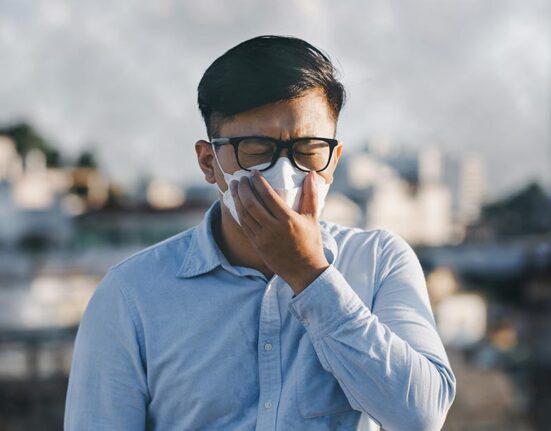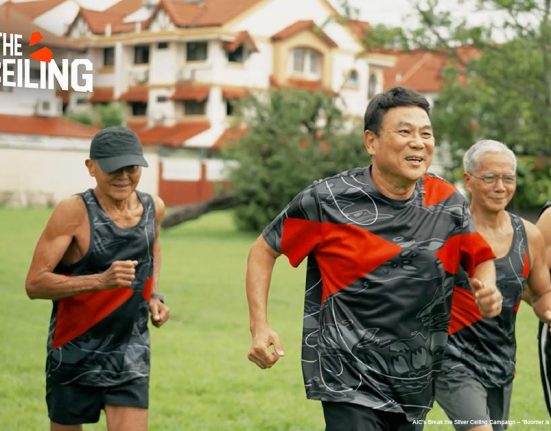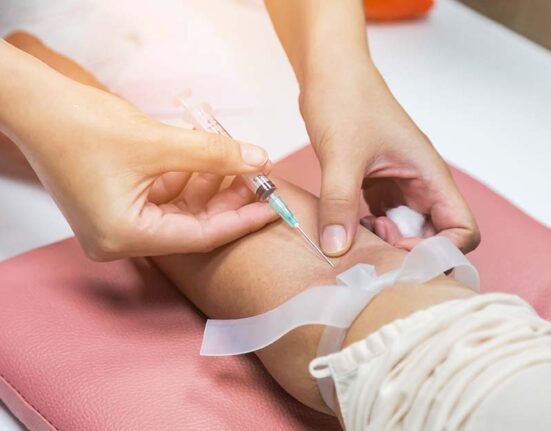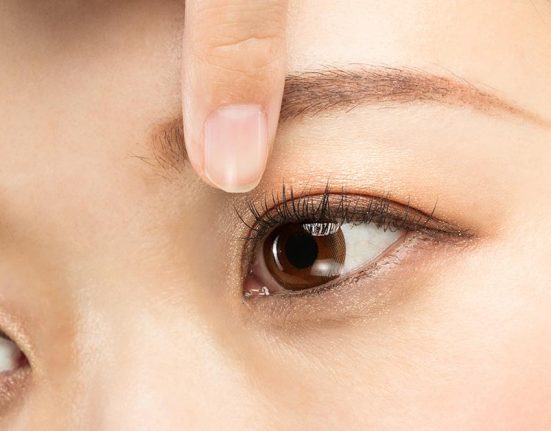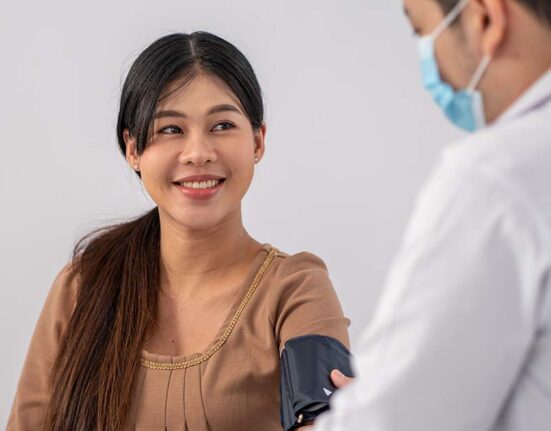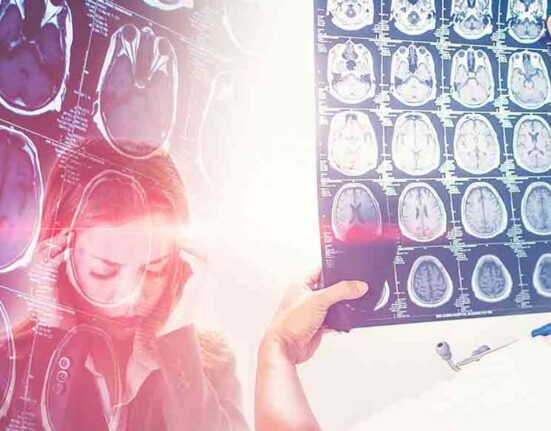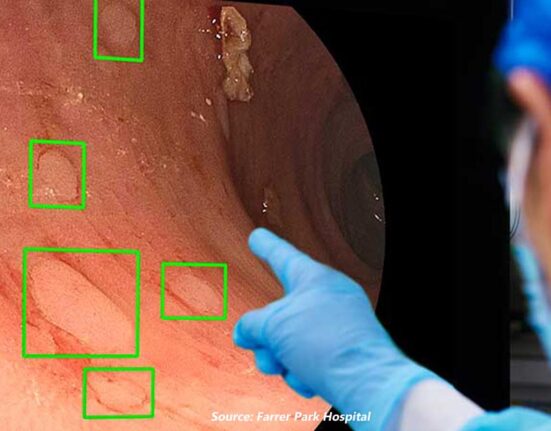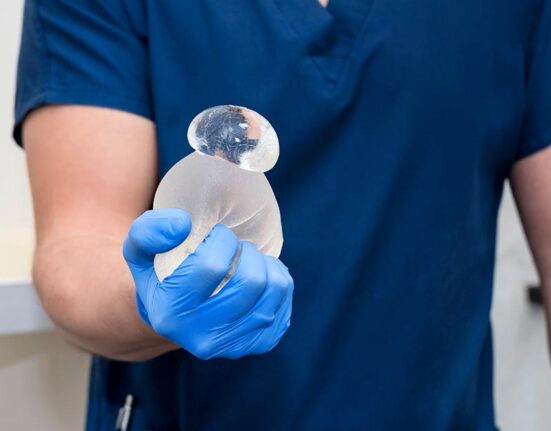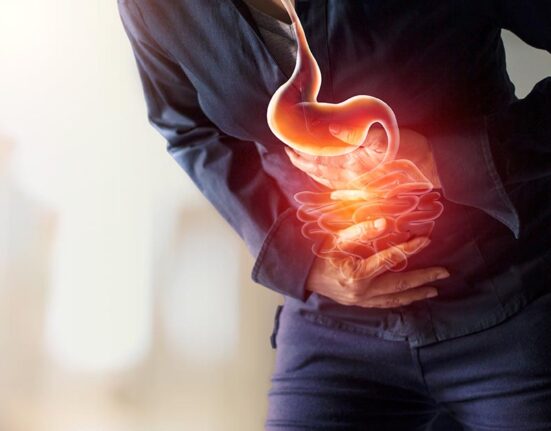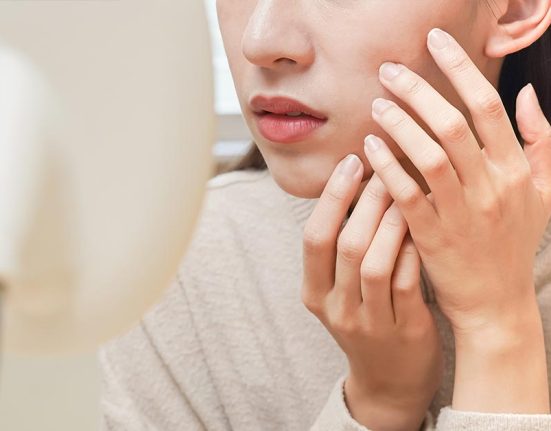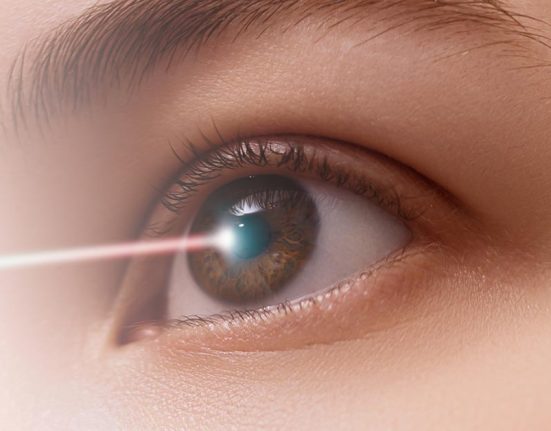Orthopaedic issues can significantly impact one’s quality of life, making timely and accurate diagnosis crucial for effective treatment. In this article, we will explore the process of orthopaedic diagnosis and assessment in Singapore, highlighting the various methods and technologies used to identify musculoskeletal problems.
Learn more: Bone & Orthopaedic Health – Do Not Let Mobility Issues Hold You Back
Understanding Orthopaedic Diagnosis And Assessment
Orthopaedic diagnosis and assessment involve a series of steps to accurately identify and evaluate conditions affecting the musculoskeletal system. This process is essential for developing an appropriate treatment plan to address issues such as joint pain, fractures, and sports injuries.
Key Steps In Orthopaedic Screening And Diagnosis
1. Initial Consultation
The first step in the orthopaedic diagnosis process is an initial consultation with an orthopaedic specialist. During this consultation:
- Medical History – The doctor will take a detailed medical history, including information about symptoms, previous injuries, medical conditions, medications, and lifestyle factors.
- Symptom Assessment – The doctor will ask specific questions about the nature, onset, duration, and intensity of your symptoms.
2. Physical Examination
A thorough physical examination helps the orthopaedic doctor assess the affected area and identify any visible signs of injury or abnormality. The examination may include:
- Inspection – Observing the affected area for swelling, bruising, deformities, or asymmetry.
- Palpation – Feeling the area to detect tenderness, warmth, or abnormalities.
- Range Of Motion Tests – Evaluating the movement of joints to identify limitations or pain.
- Strength Tests – Assessing the strength of muscles around the affected area.
- Neurological Tests – Checking for nerve function, reflexes, and sensation.
3. Imaging Studies
Imaging studies are crucial for visualising internal structures and providing detailed information about the condition. Common imaging techniques used in orthopaedic screening in Singapore include:
X-rays
- Purpose – Visualise bones and detect fractures, dislocations, and degenerative changes like osteoarthritis.
- Process – A small amount of radiation passes through the body to create images of bones.
Magnetic Resonance Imaging (MRI)
- Purpose – Provide detailed images of soft tissues, including muscles, tendons, ligaments, cartilage, and nerves.
- Process – Uses magnetic fields and radio waves to produce high-resolution images.
Computed Tomography (CT) Scan
- Purpose – Offer detailed cross-sectional images of bones and soft tissues.
- Process – Combines multiple X-ray images taken from different angles.
Ultrasound
- Purpose – valuate soft tissues, tendons, and ligaments, especially in real-time during movement.
- Process – Uses high-frequency sound waves to create images.
4. Laboratory Tests
Laboratory tests can help identify underlying conditions or systemic issues contributing to orthopaedic problems. Common tests include:
Blood Tests
- Purpose – Detects markers of inflammation, infection, or autoimmune diseases like rheumatoid arthritis.
- Examples – Complete blood count (CBC), erythrocyte sedimentation rate (ESR), C-reactive protein (CRP), and rheumatoid factor (RF).
Joint Aspiration (Arthrocentesis)
- Purpose – Analyse the fluid from a swollen joint to diagnose infections, gout, or other joint disorders.
- Process – A needle is used to withdraw fluid from the joint for laboratory analysis.
5. Functional And Diagnostic Tests
These tests assess the function and biomechanics of the musculoskeletal system:
Electromyography (EMG) and Nerve Conduction Studies (NCS)
- Purpose – Evaluate nerve and muscle function to diagnose conditions like carpal tunnel syndrome or nerve injuries.
- Process – Measures electrical activity in muscles and the speed of nerve signals.
Gait Analysis
- Purpose – Assess the way a person walks to identify abnormalities or biomechanical issues.
- Process – Observes walking patterns, often using motion capture technology.
Arthroscopy
- Purpose – Provide a direct look inside a joint to diagnose and sometimes treat issues.
- Process – A small camera is inserted into the joint through a tiny incision.
Choosing The Right Orthopaedic Specialist In Singapore
Selecting the best orthopaedic specialist in Singapore for your needs involves considering several factors. Learn more about it in our Health365 Guide To Finding The Best Orthopaedic Doctor In Singapore.
Key Takeaway
Accurate diagnosis and assessment are critical for effective treatment of orthopaedic issues. In Singapore, advanced imaging technologies, laboratory tests, and specialised diagnostic procedures ensure that orthopaedic conditions are identified and managed appropriately. If you are experiencing musculoskeletal problems, seek a consultation with an orthopaedic specialist to start your journey towards recovery and improved quality of life.
Have any health questions? Contact us through the button below. Health365 has trusted healthcare partners in Singapore, Malaysia, and Thailand.
Additional Readings
- Patient’s Guide When Seeking Orthopaedic Care in Singapore | Dr Andrew Quoc Dutton. Available from: https://www.drandrewdutton.com/blog/orthopaedic-singapore/
- Orthopaedic Surgery – SingHealth | SingHealth. Available from: https://www.singhealth.com.sg/patient-care/specialties-services/orthopaedic-surgery
- Arthritis: What Is It? | HealthXchange. Available from: https://www.healthxchange.sg/bones-joints/arthritis/arthritis-what-is-it
- Osteoarthritis – Symptoms, Causes & Treatment | SingHealth. Available from: https://www.singhealth.com.sg/patient-care/conditions-treatments/osteoarthritis
- Knee Arthritis: Symptoms, Types and Treatment | HealthHub. Available from: https://www.healthhub.sg/a-z/diseases-and-conditions/knee_athritis_nuh
- Osteoporosis | Singapore General Hospital. Available from: https://www.sgh.com.sg/patient-care/conditions-treatments/All-About-Osteoporosis
- What to Do with a Broken Bone | Gleneagles Hospital. Available from: https://www.gleneagles.com.sg/health-plus/article/what-to-do-with-a-broken-bone
- More youth suffer sports-related injuries, risk long-term effects | The Strait Times. Available from: https://www.straitstimes.com/singapore/more-youth-suffering-sports-related-injuries-risk-long-term-effects
- Arthroplasty (Joint Replacement Surgery) | Cleveland Clinic. Available from: https://my.clevelandclinic.org/health/treatments/21649-arthroplasty-joint-replacement
- Knee Replacement Surgery Procedure | John Hopkins Medicine. Available from: https://www.hopkinsmedicine.org/health/treatment-tests-and-therapies/knee-replacement-surgery-procedure
Related Articles On Health365
- Bone & Orthopaedic Health – Do Not Let Mobility Issues Hold You Back
- 7 Signs You Need To See An Orthopaedic Doctor In Singapore
- Health365 Guide On Finding The Best Orthopaedic Doctor In Singapore
- Orthopaedic Treatments And Surgeries In Singapore
Protect against cancer, cardiovascular disease, and other chronic diseases with regular health screening. Compare and shop for health screenings from Singapore and regional healthcare providers at a single convenient platform - shop.health365.sg
This article is informative only and is not intended to be a substitute for professional medical advice, diagnosis, or treatment, and should never be relied upon for specific medical advice.









